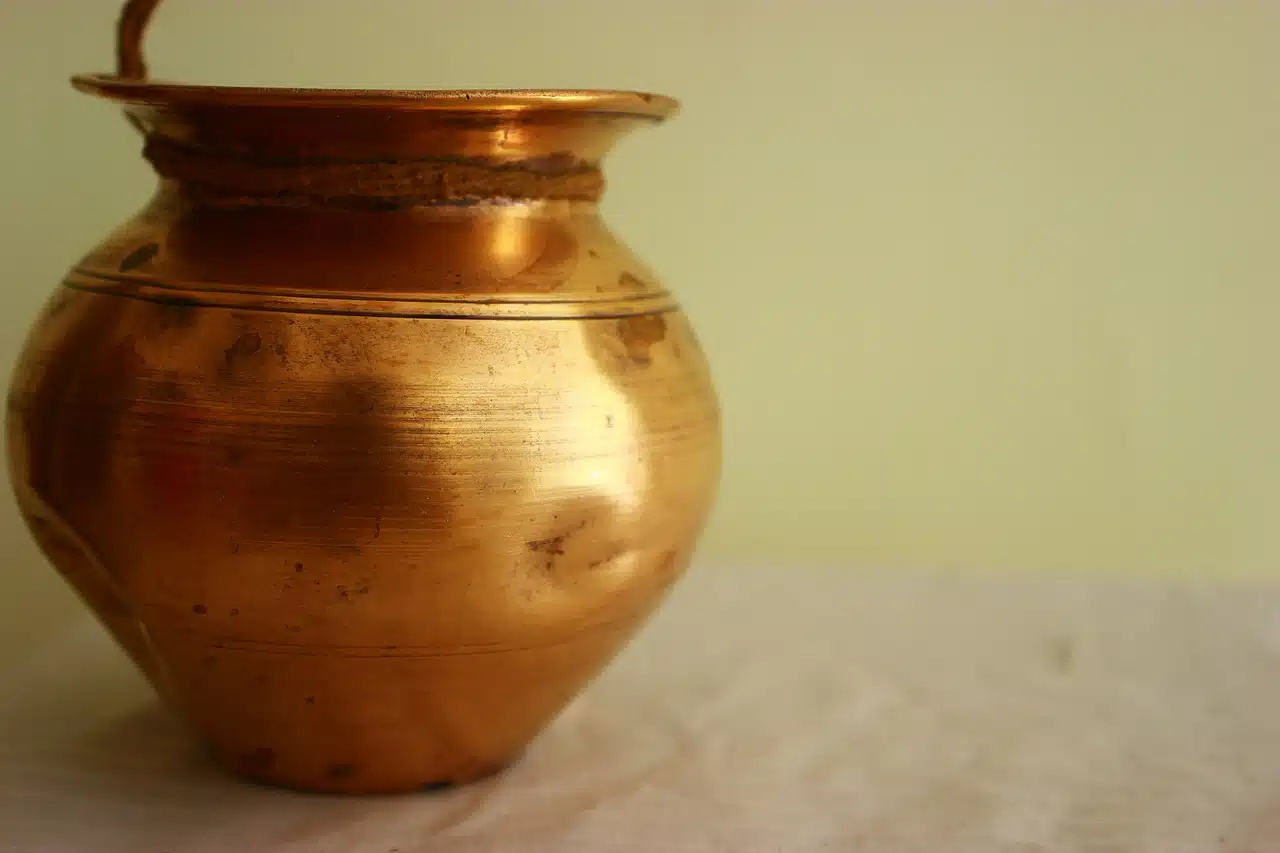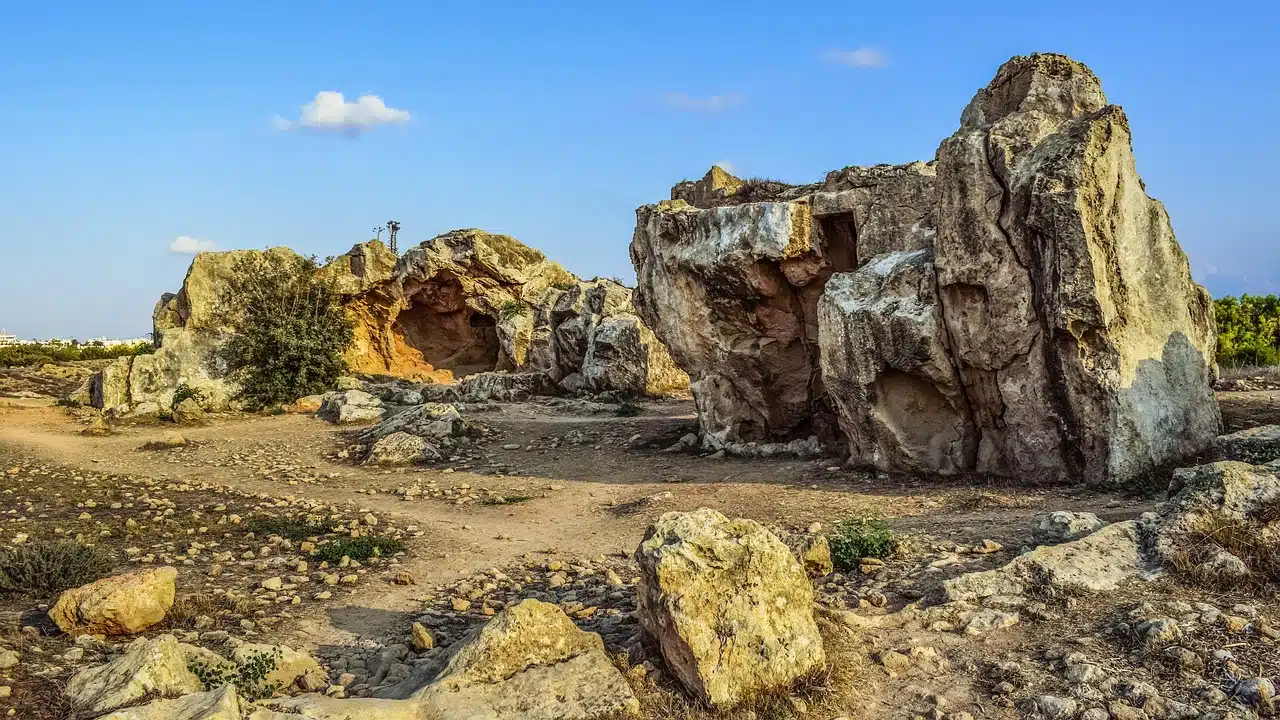
The study of the Copper Age is possible thanks to the discovery of various archaeological artifacts.
The Copper Age is a prehistoric stage that began approximately in the year 3200 BC and lasted until 2200 BC. C. This period is also known as Eneolithic or Chalcolithic .
As its name indicates, this phase is characterized by the use of copper , considered among the first metals used by humans. In an initial instance, prehistoric man began to use the native copper that he found in nature, although he later ventured into alloys until he discovered, for example, bronze (the combination of copper with tin).
Copper Age Context
The Copper Age is part of prehistory , which is the period before the appearance of writing. The prehistoric, therefore, can only be known by remains of tools and constructions, bones and other vestiges that archeology is responsible for studying.
It can be said that prehistory begins with the emergence of hominins and extends to the creation of the first written documents. It is divided into the Stone Age or Lithic Stage (when Homo sapiens began to make stone tools) and the Metal Age (which involved the use of metals to create instruments of all kinds).
The Age of Metals, in turn, is segmented into the Copper Age , the Bronze Age , and the Iron Age . The Copper Age, in this framework, marked the beginning of the Age of Metals, chronologically succeeding the last section of the Stone Age (called Neolithic ).
It is important to indicate that human development did not occur equally or simultaneously throughout the world. Therefore, establishing specific years for the beginning and end of each stage is complicated, especially if the aim is to give a global overview.

Ancient trade was enhanced in the Copper Age.
Main features
The main characteristics of the Copper Age are associated with the use of this metal. The first traces of copper smelting date back to 6000 BC. C. in the Anatolia region. However, as we indicated above, development was uneven. Before these practices expanded, unmelted copper tools were found in different regions until, around the 4th millennium BC. C. , copper metallurgy became more common.
It should be considered that copper smelting was achieved as an optimization of the techniques that were already used to make ceramics and create vessels and other containers and artifacts. Although it was an important advance, it did not represent a great innovation in a technical sense.
Beyond the exploitation of copper, there were other changes that characterized and defined this period. Through the use of the plow , agricultural productivity was increased. Likewise, olive trees and vines were domesticated, irrigation canals were implemented and the agricultural area was increased. In terms of livestock, derived products emerged, such as wool fabrics and dairy foods.
With the productive surplus, more and more exchanges began to be established, also favored by the massification of the wheel and the construction of carts . These issues led to greater complexity at a social level and a different occupation of the territory.

The Copper Age involved an expansion of sedentary lifestyles.
Society in the Copper Age
Society in the Copper Age became more complex due to productive changes and exchanges. The manufacture of copper weapons, copper tools and copper jewelry made the metal transcend the merely utilitarian and begin to function to display power and membership in a certain social class .
According to specialists, the remains of tombs and necropolises from the Copper Age show social differences. The temples of the time also show an advance compared to ancient architecture and, although they were religious buildings, they also functioned as symbols of power and a kind of aristocracy .
Throughout the Copper Age , in short, a society of castes or strata was generated, with new models of organization. The exchanges were not only commercial, but also cultural. In this framework, demographic growth also took place and human settlements multiplied. The combination of these variables laid the foundations for the subsequent emergence of the first States.
End of the stage
The end of the Copper Age is linked to the dominance of alloys, especially the production of bronze. In fact, this advance causes the stage that followed to be called the Bronze Age , where city-states, cuneiform writing and hieroglyphics appeared.
It cannot be omitted to mention that this periodization of ancient history does not apply to all regions equally. If we consider sub-Saharan Africa , studies indicate that iron metallurgy was reached without prior passage through bronze or copper: in that case, there was no Bronze Age or Copper Age, only the Iron Age.
